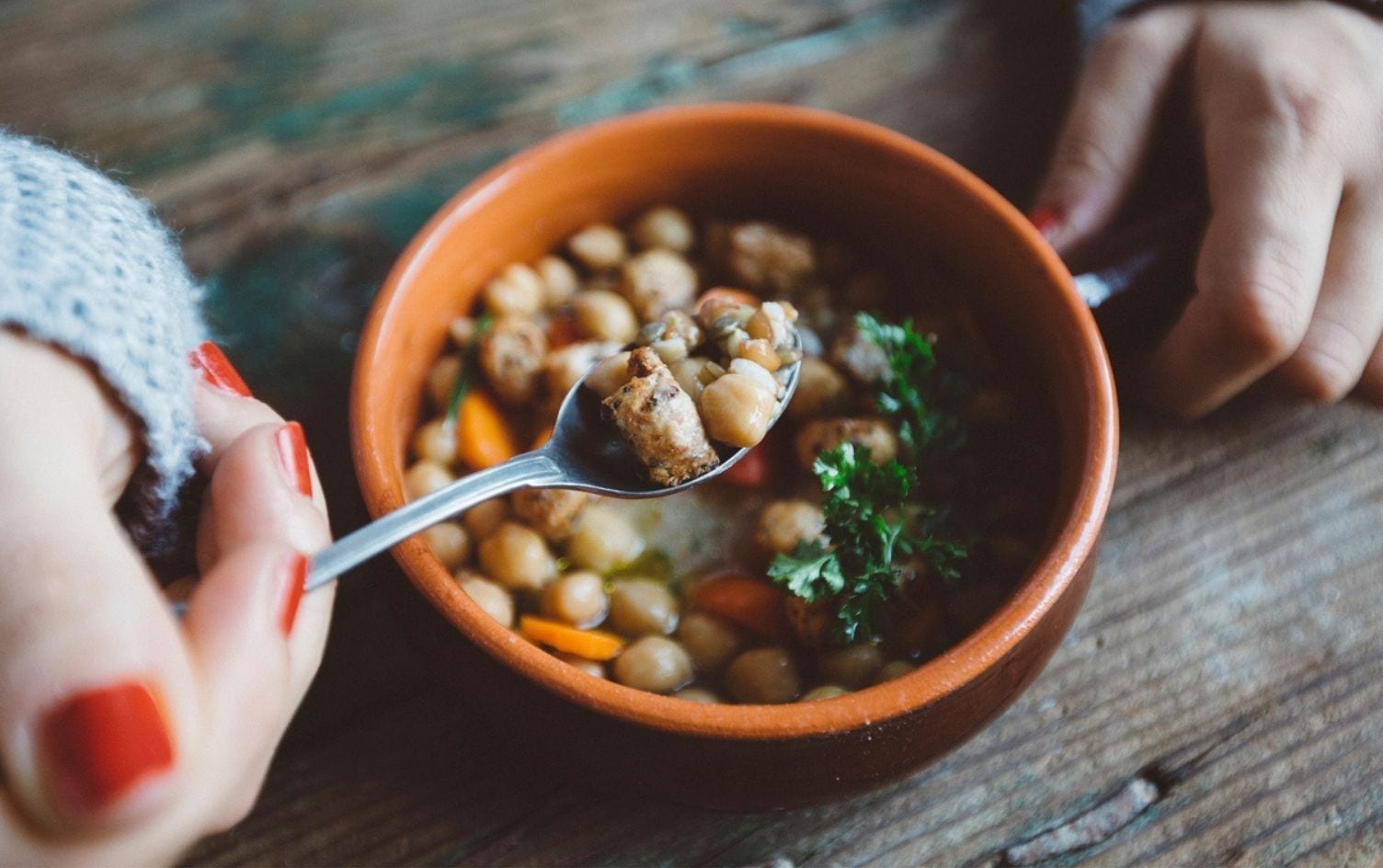In Sanskrit, ayurveda translates to “science of life,” and it follows that this 7,000-year-old medicinal system, originating in India, is rooted in the belief that as the seasons change, so do our bodies. Winter arrives, with cold and dark days inspiring us to settle into sluggishness. We may notice the inspiration to slow down in our bodies, but feel dryness in our skin, nasal passages and even digestive systems. But, if we strive to strike a balance between slowing down and keeping up with the brisk, wind-dominated season of winter, we’ll emerge thriving in body, mind and spirit while keeping immunity strong.
Here are a few recommended ayurvedic practices to keep our bodies thriving even through the coldest winter months.
BASK IN THE BATH
When the temperatures drop, our lymph and circulatory systems slow, making it harder for our bodies to eliminate toxins, inflammatory compounds and to keep immunity high. A salt bath ritual — at the end of a long or particularly cold day — can help to keep our channels clear, our bodies firing on all cylinders and our wellness in full swing. Draw a bath and add Epsom salts, or even homemade bath salts, then soak until you break a sweat. Rinse your body, then bundle up and enjoy some hydrating tea.
Tip: To make your own grapefruit and rose bath salts, combine 6 cups coarse-grain pink Himalayan sea salt, 3 cups Epsom salts, 1 cup baking soda, finely grated zest of 3 grapefruits and 3–4 cups whole rosebuds. Crush the ingredients with a mortar and pestle and store in a glass jar away from moisture. Add to the bath as you wish.
PAMPER YOUR NOSE
Using a neti pot upon waking with a simple saline solution (available at most health stores and online) helps to clear and moisturize the sinuses. The practice wards off illness and bolsters immunity by clearing out germ-harboring mucus, allowing for deeper breathing, and it improves our olfactory function, too. Place a dab of sesame oil in each nostril after use to protect against the cold.
SALUTE THE SUN
No matter the time of day, carve out some time to practice 5–10 simple sun salutations. This movement ignites peristalsis (which stimulates metabolism and elimination) and raises the body’s core temperature. In turn, this helps our lymphatic system move, clearing out toxins held deep in the cells and invokes qualities of warmth and mobility.
BE TRUE TO YOUR ROOTS
Eating seasonally is the number 1 recommendation ayurveda makes with respect to keeping our immunity boosted and our bodies strong, healthy and detoxified through the winter. Curious how to know which vegetables are in season in the fall and winter? Look for the roots.
Vegetables that grow underground — Think: carrots, turnips, parsnips, kohlrabi, potatoes, beets and radishes — are the most resilient in cold weather months, and they’re packed with nutrients and minerals our bodies need through the winter. Vegetables and fruits that grow above ground (like leafy greens, berries, tomatoes, peas, asparagus and zucchini) have a hard time sustaining themselves in freezing temperatures, much less our bodies. Instead, skip the salad and opt for lightly steamed greens, roasted root vegetables, pumpkins and squash this season.
STAY WARM
Eating seasonally is important, but so is eating for warmth. Through the winter, the heat in our bodies retreats into our core to avoid the chilling temperatures of our extremities. Our bodies have to work pretty hard to keep that fire stoked, and we don’t benefit from the extra work. In fact, eating cooling foods in the winter slows digestion and metabolism, lowers our immunity, and creates mucus, congestion and inflammation in the body. Avoid iced beverages, salads, cold fruits and frozen treats and opt instead for steamed vegetables, soups, stews, broths and warming elixirs at mealtimes.
HYDRATE WITH HEAT
Our thirst response diminishes in the winter, meaning we get the message we’re thirsty or dehydrated later in colder months than we do in winter months. To make staying hydrated more challenging, the cold and blustery nature of this season strips our bodies of moisture quicker than we realize and allows germs, viruses and toxins to accumulate. Instead of guzzling cold water or your favorite sports drink, opt for a warming beverage. Warm teas, hydration mixes, and even warm water with lemon and a pinch of salt help keep you hydrated, happy and healthy through the season.
Tip: To boost immunity and bolster hydration, alternate warm water with this soothing tea using fresh or ground spices: 2 parts ginger, 3 parts cinnamon and a pinch of cardamom. Steep in hot water for 10–15 minutes. When the tea has cooled down, add a little raw honey.
FOLLOW THE FLAVORS
Flavors are more than just the fun of our foods; they’re also the function. Sweet foods, for example ground us, help reduce inflammation, soothe our senses and keep our digestive fires strong. All of these qualities make them excellent choices for building your meals in the wintertime, especially if you’re very active. Salty and sour flavors also help to keep our metabolism and immunity high and our bodies hydrated.
Tip: When you feel a sweet craving coming on, aim to sate it with a wholesome sweet food. Grains, apples, pears, pumpkins, beets, fresh cheese, coconut, avocado, nuts and seeds are all good choices.
PACK A LITTLE PUNCH
We’re eating warm, cooked foods that are easy to digest through the winter. Yum! But there can certainly be too much of a good thing and without a little punch, our digestive systems can get sluggish. To boost immunity, digestion and keep lymph and circulation moving, weave in pungent foods like ginger, turmeric, ground spices and black pepper to your meals. A little bit goes a long way for better health, all winter long.
Unlock an experience that’s like having a dietitian, trainer and coach at your fingertips. Sign up for Premium for expert guidance and tools to help you reach your personal health goals.




